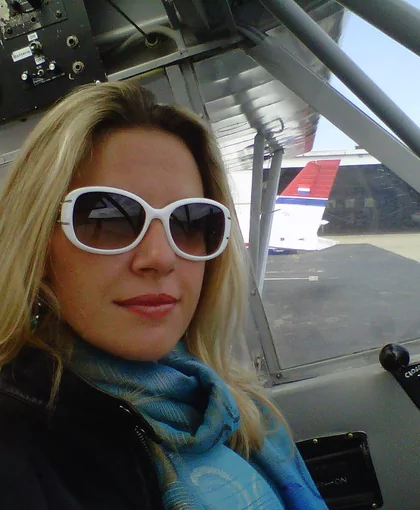Ingrid MOLLARD

Ancien Membre
Docteur(e)

Adresse
Centre André-Chastel - Galerie Colbert
2, rue Vivienne
75002 PARIS
France
Voir la Newsletter de janvier 2024 Pour vous abonner


L’homme volant : l’imaginaire aéronautique dans la culture visuelle en Europe des années 1903 – 1937
Le monde aéronautique a connu un essor significatif durant les premières décennies du XXe siècle. Propulsé par des avancées technologiques sans précédents, l’aéronautique fut rapidement omniprésente dans tous les secteurs de la vie et de la culture européennes. De la figure du pilote d’aéroplane émergea subtilement, puis avec force, l’image d’un homme robuste et valeureux qui personnifiait son pays. Trouvant un réceptacle favorable dans les héros nés de la Grande Guerre, les gouvernements totalitaires qui émergèrent façonnèrent le pilote comme l’avatar d’un homme idéal. L’imaginaire européen du premier tiers du XXe siècle vit alors naitre « l’homme volant », une facette de « l’homme nouveau », incarnant la grandeur de sa nation.
Mots-clés : Avant-gardes esthétiques ; Aéronautique ; Thèmes et motifs aériens dans l’art ; Europe ; Imaginaire occidental ; 1900-1945 ; Art XXe siècle ; Homme Nouveau ; Hybride homme-machine ; Propagande visuelle ; Idéologie fasciste dans l’art.
The flying man: the aeronautical imagination in the visual culture in Europe,
1903 – 1937
Aeronautics underwent a significant development during the first decades of the XXth century. Helped by new technological advancements aeronautics quickly became omnipresent in all sectors of the European life and culture. From the figure of the airplane’s pilot emerged subtly, then with strength, the image of a strong and brave man personifying his country. Finding a favorable receptacle in the Great War’s heroes, the totalitarian governments shaped the pilot as the avatar of an ideal man. The European imagination of the first third of the XXth century gave birth to the "flying man", a facet of the “new man”, embodying the greatness of its nation.
Keywords : Esthetic avant-gardes; Aeronautics; Air themes and motives in art; Europe; Western imagination; 1900-1945; XXth century art; New Man; Human-machine hybrid; Visual Propaganda; Fascism Ideology in Art.
Centre André-Chastel - Galerie Colbert
2, rue Vivienne
75002 PARIS
France